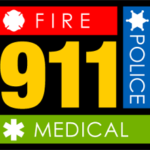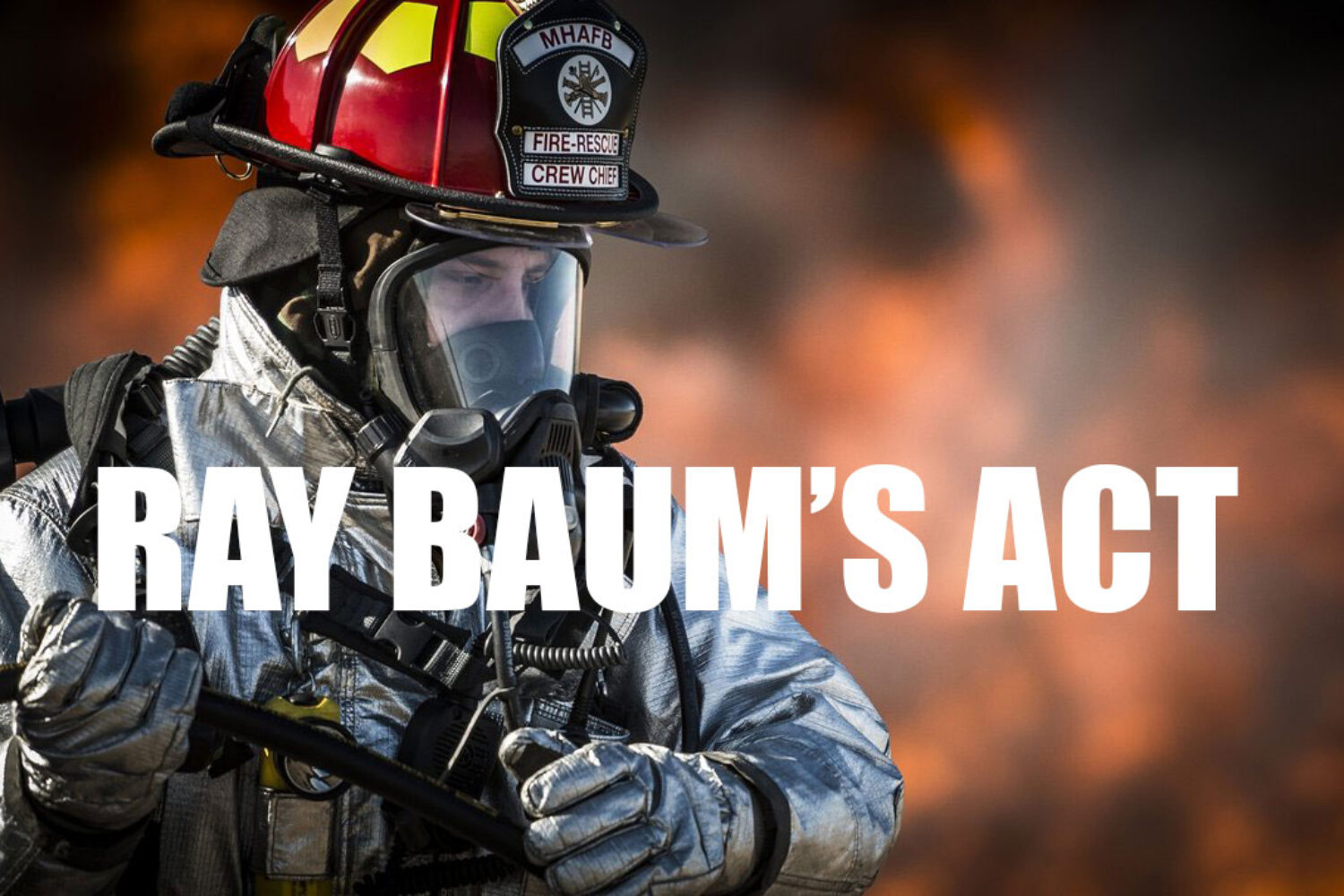Signed into law in 2018 and taking effect January 6, 2021, the Ray Baum Act in tandem with Kari’s Law emphasizes the critical importance of identifying and sharing detailed location information of a 911 caller with first responders. The intent of the law is to produce better emergency outcomes, whether dealing with a health issue, chemical spills, an active shooter, fire or other natural disasters.
 The Act has provided enhanced definition for the term “dispatchable locations” to include a street address and should also include more granular information such as building number, floor, suite, room, or other available relevant location information that can best assist first responders in an emergency.
The Act has provided enhanced definition for the term “dispatchable locations” to include a street address and should also include more granular information such as building number, floor, suite, room, or other available relevant location information that can best assist first responders in an emergency.
Implementation of the Ray Baum Act will be a phased process, the first phase of which is to be completed by February 16, 2021. In the first phase, a range of services must be compliant, including multi-line telephone systems, fixed interconnected VoIP systems and additional relay services. Beginning on February 16, 2022, non-fixed multi-line telephone systems, non-fixed interconnected VoIP systems and additional non-relay services must move into compliance.
Additional steps are recommended to achieve compliance:
- Legal guidance where needed. Non-compliance will include fines and other penalties, along with the risk of endangering employees, customers and members of the public and associated law- suits and civil liabilities.
- Updating of emergency location information for all employees and users to the site specific requirements of the law.
- Equitable support for mobile and softphone workers.
- Review of Wi-Fi on campus compliance.
- Successful testing and documentation of new services.
- Designation of a working team to support long term database compliance efforts.
The Communications Strategies consulting team is available to assist with projects associated with the Ray Baum Act and Kari’s Law.


